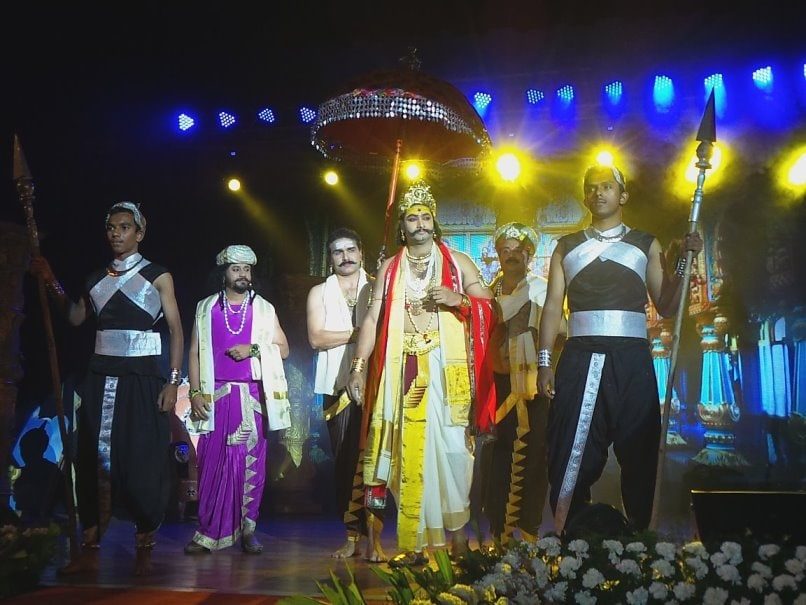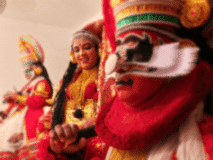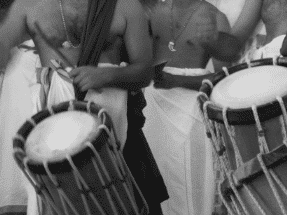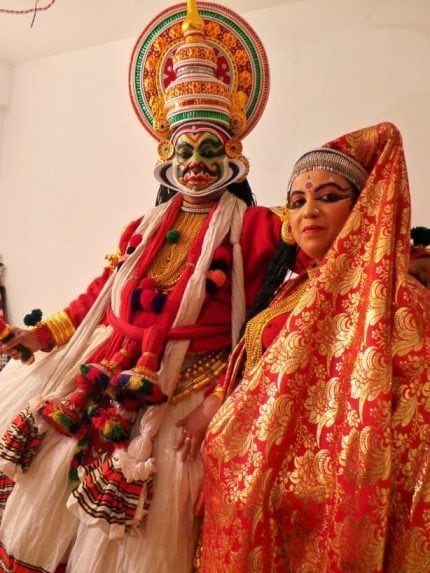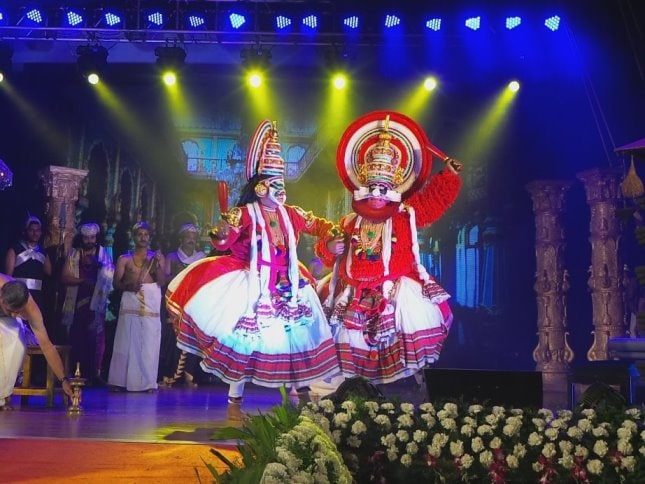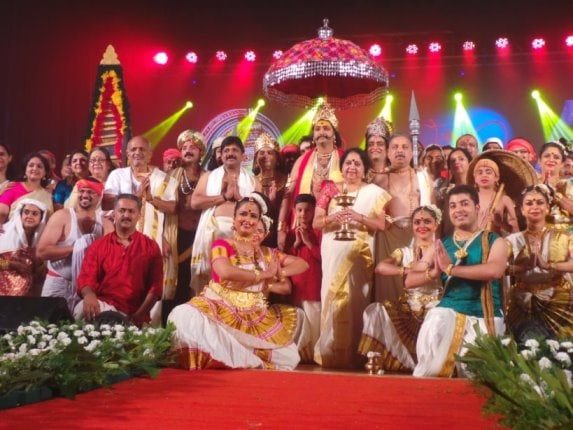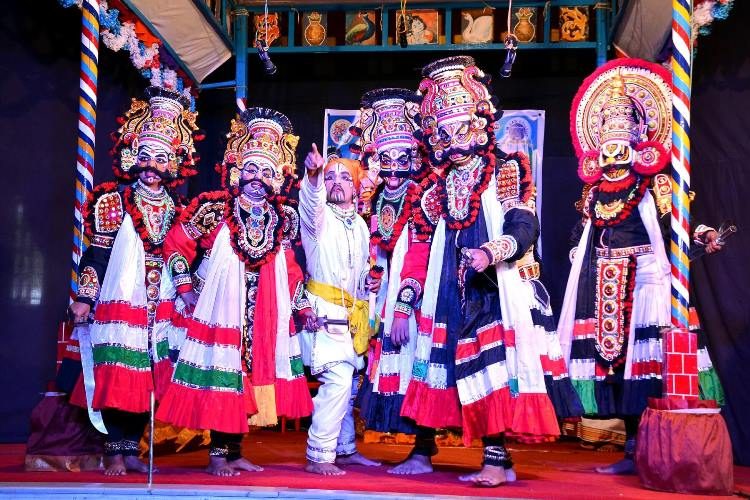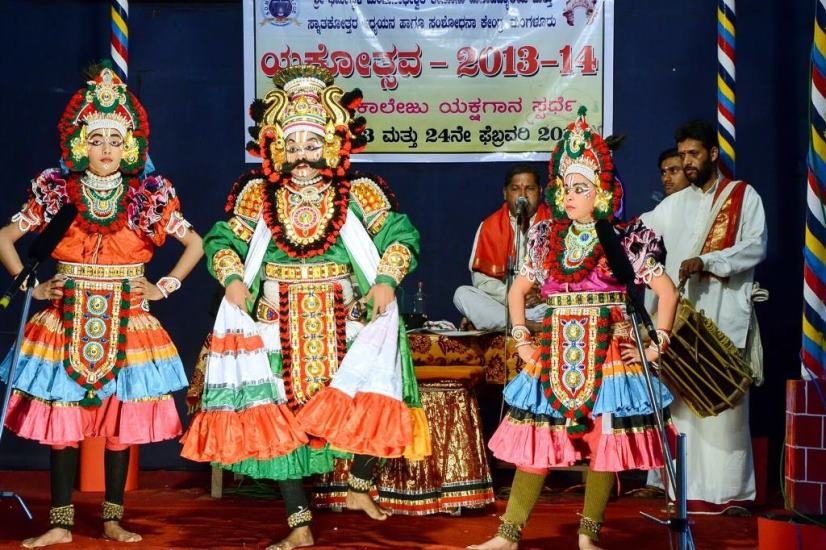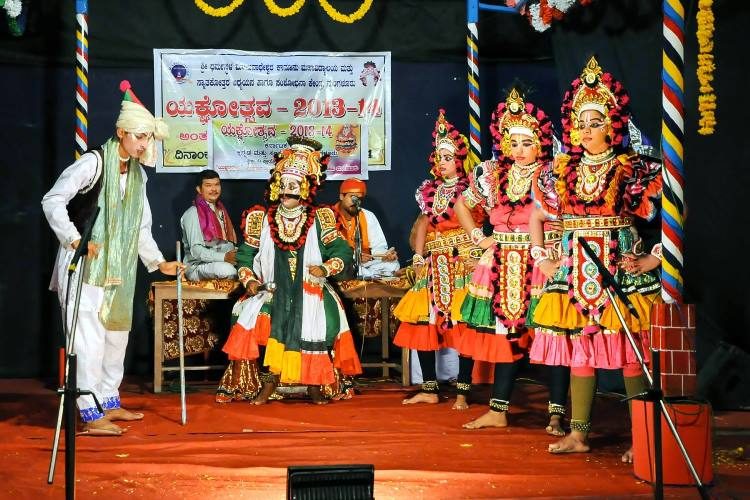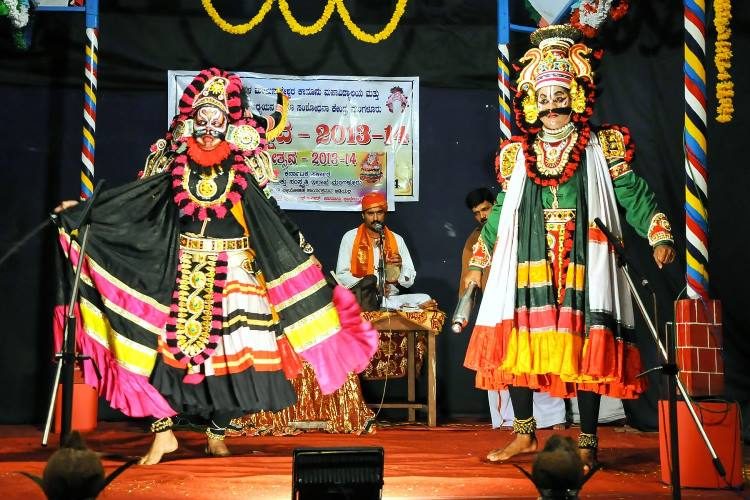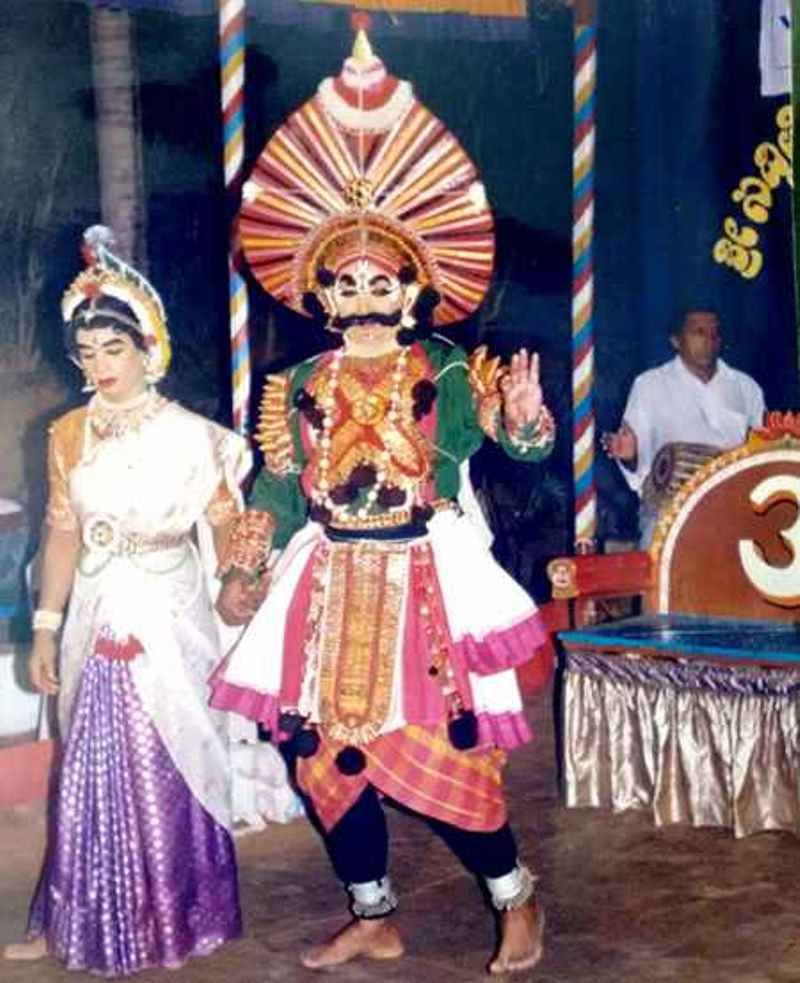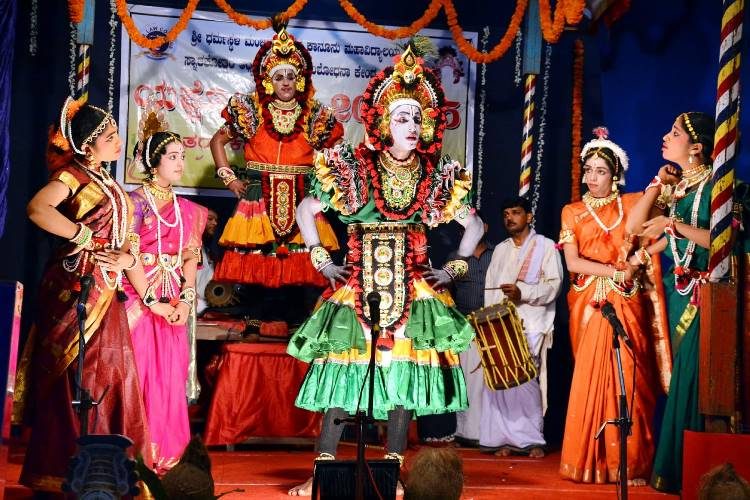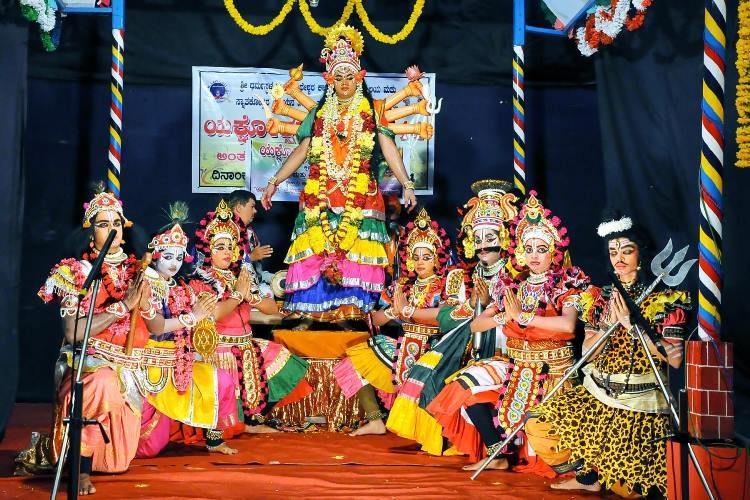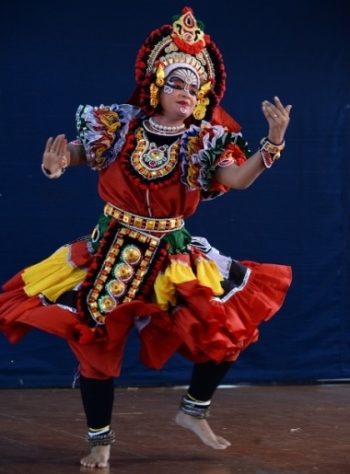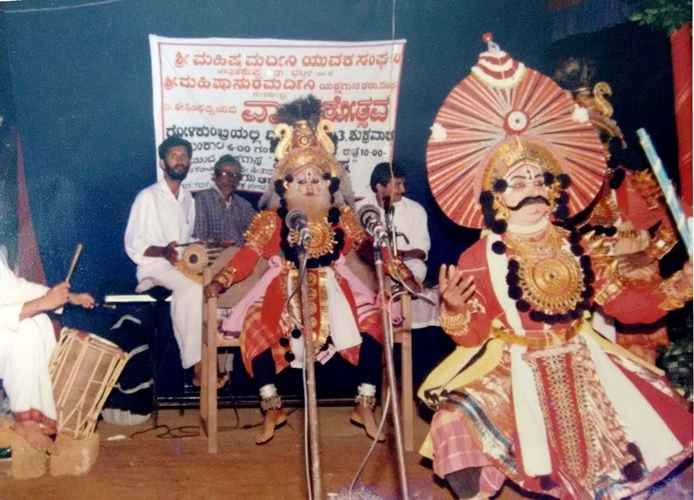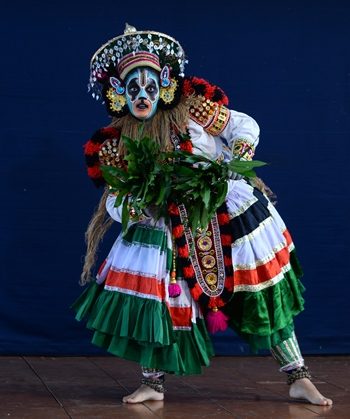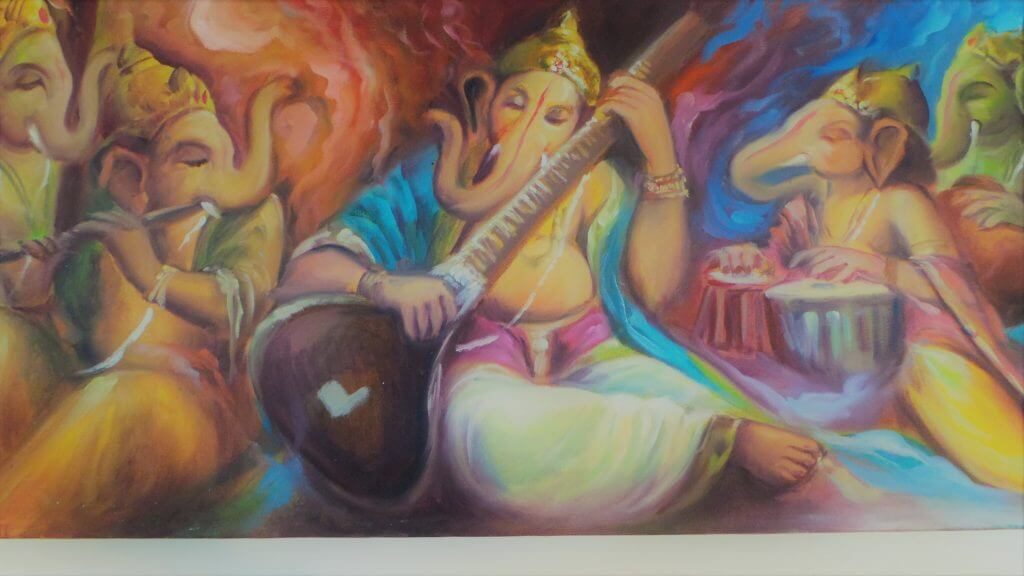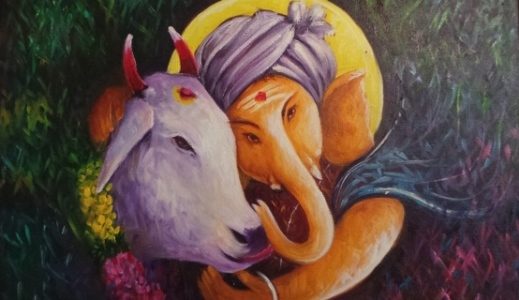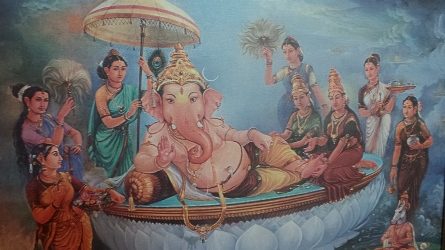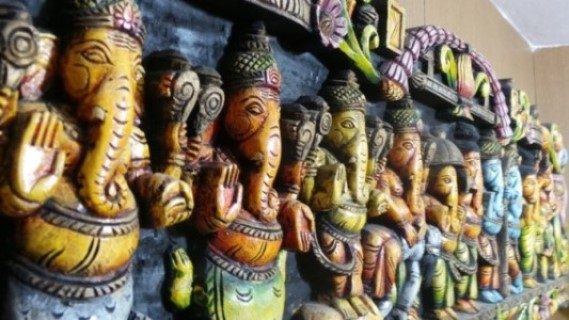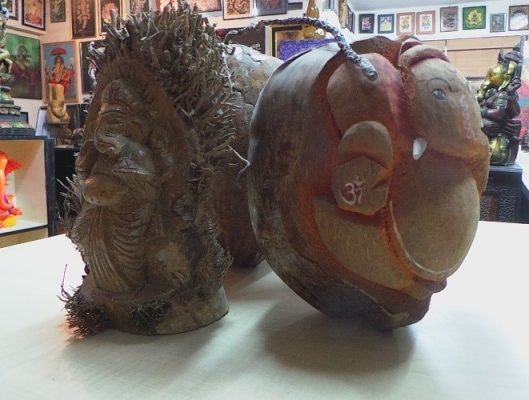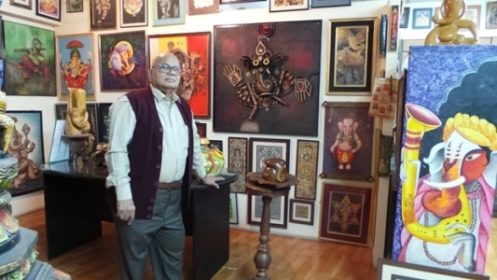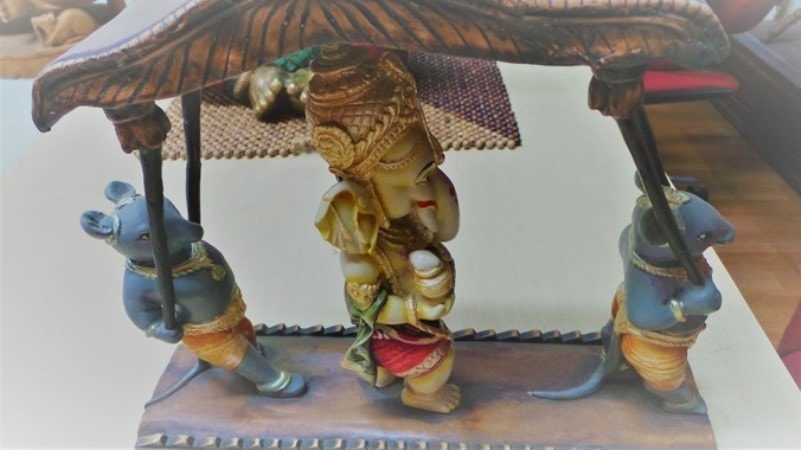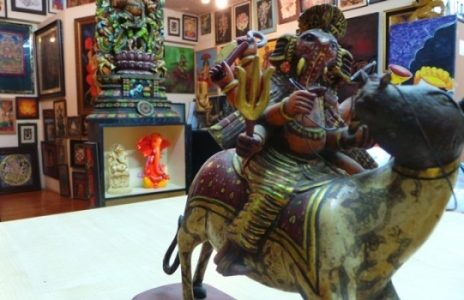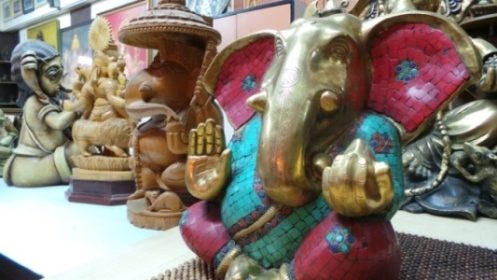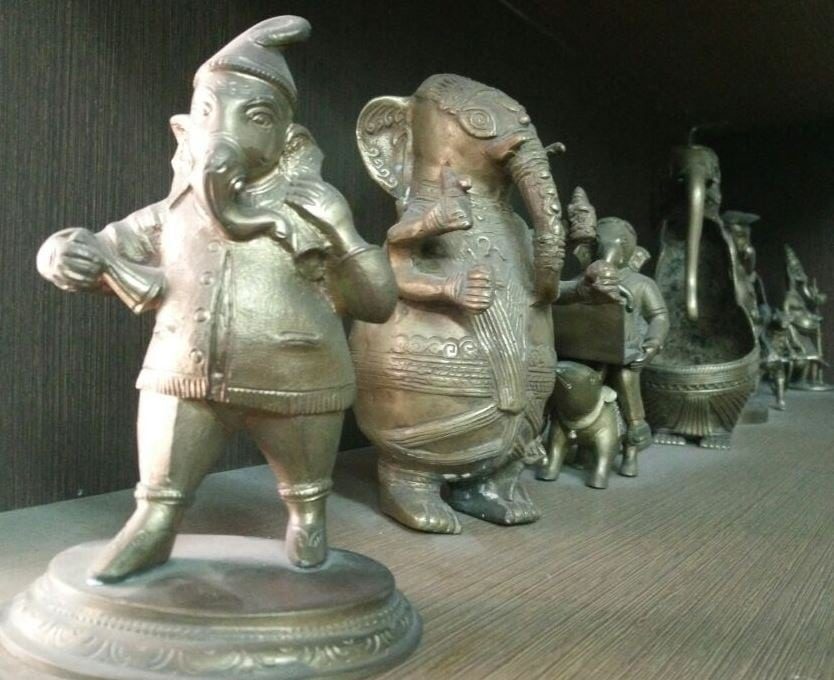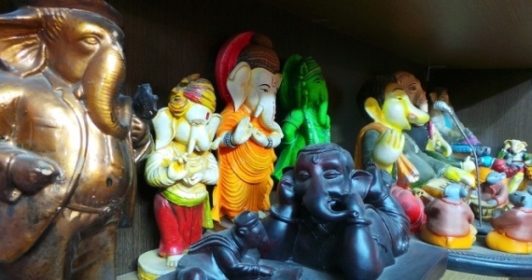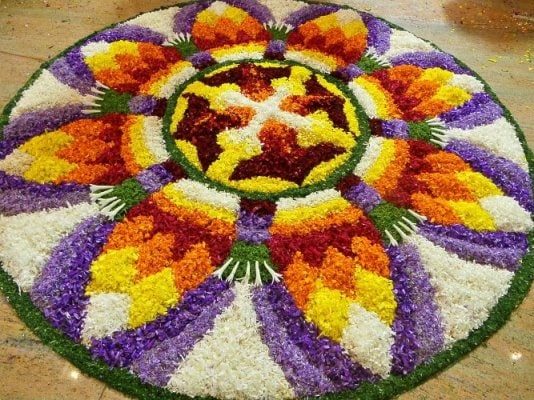
Pookkalam
Pookkalam the flower carpet.
Pookkalam is what I like best,
The colours of mother earth and nature
The greens, reds, oranges and yellows
All so fresh and clear
I take my time and linger
In the garden and the yard
It is that time of the year
That is so dear…
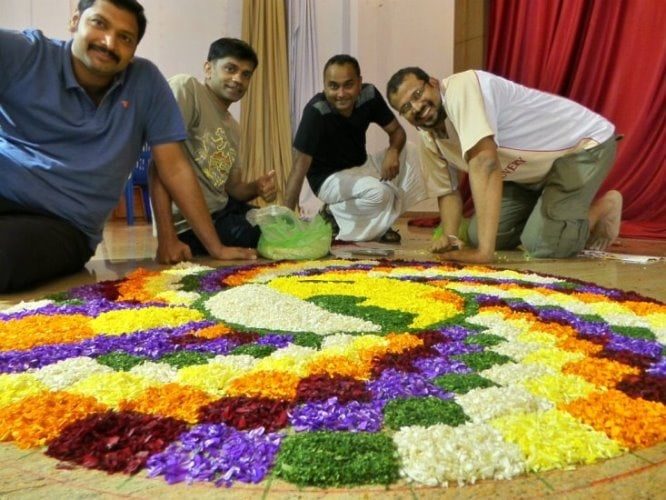
[ngg_images source=”galleries” container_ids=”3″ display_type=”photocrati-nextgen_basic_slideshow” gallery_width=”500″ gallery_height=”300″ cycle_effect=”blindX” cycle_interval=”2″ show_thumbnail_link=”0″ thumbnail_link_text=”[Show thumbnails]” order_by=”sortorder” order_direction=”ASC” returns=”included” maximum_entity_count=”500″]
In the earlier days, cow dung would be applied to the front yard to keep it clean and dust free (this was before the tiles). Its anti bacterial properties also acted as a dis-infectant. During Onam, before decorating the front yard, it would first be cleansed with cow dung. After identifying the place for the Pookkalam, which was usually near the sacred Tulsi, one layer of cow dung would be used as a base. After the base was prepared, cow dung was placed in a cylindrical form. Traditionally, the flowers and leaves to be used for decoration are also laid down according to the day. On the first day, tulsi and tumba flowers are placed in the centre. On the second day, which is the Chitra nakshatra, the flowers from the earlier day are replaced with tulsi, tumba and mukkuthi. Tulsi is not only a sacred plant, but its leaves have a sweet aroma. Only from the third day onwards, which is the Swathi nakshatra, red flower petals are used to decorate the arrangement in circles. With each day, the circles of flowers extend. Ixora (chethi), Shankhapushpa, marigold, globe amaranth (Vada Malli), crape jasmine, hibiscus, red pagoda flowers, mandaram are some of the flowers used in the decoration.


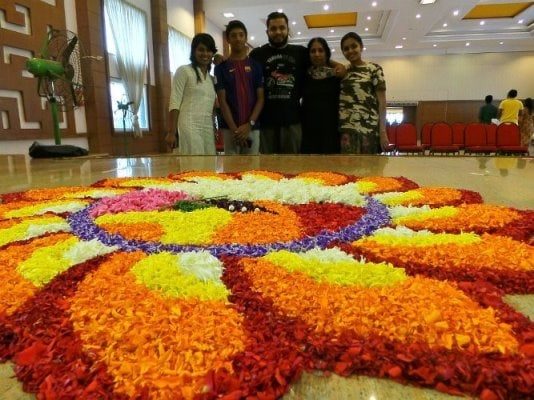
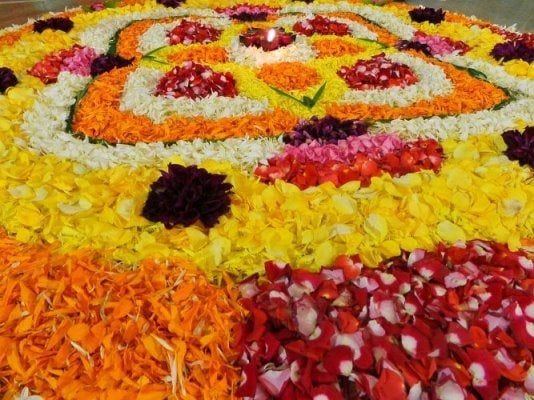
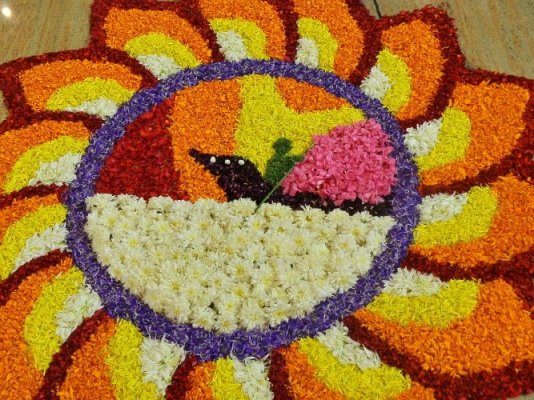

Anupama.

